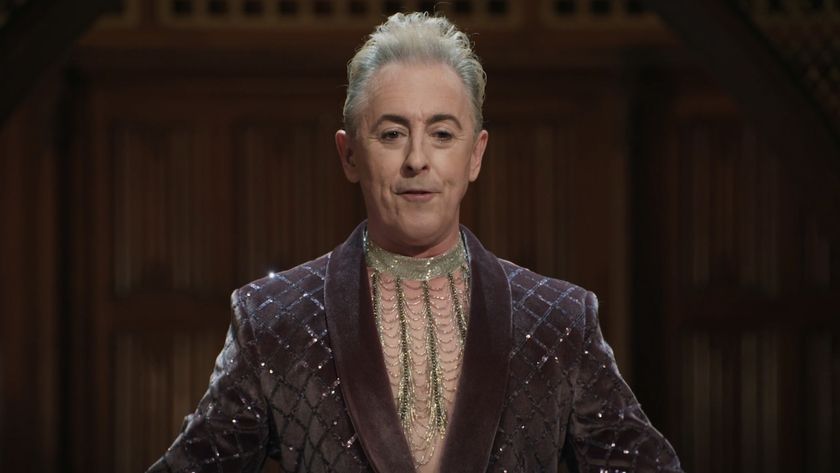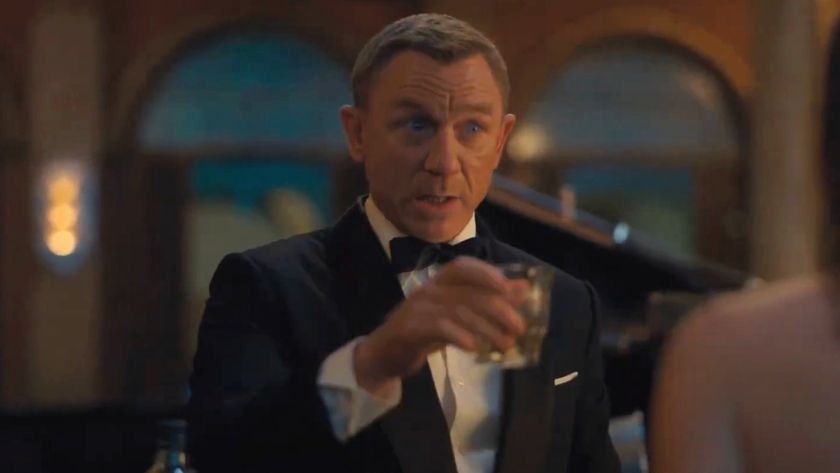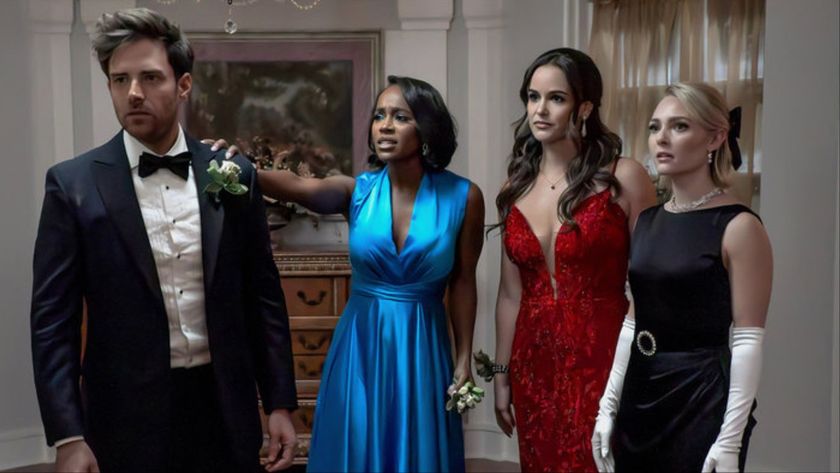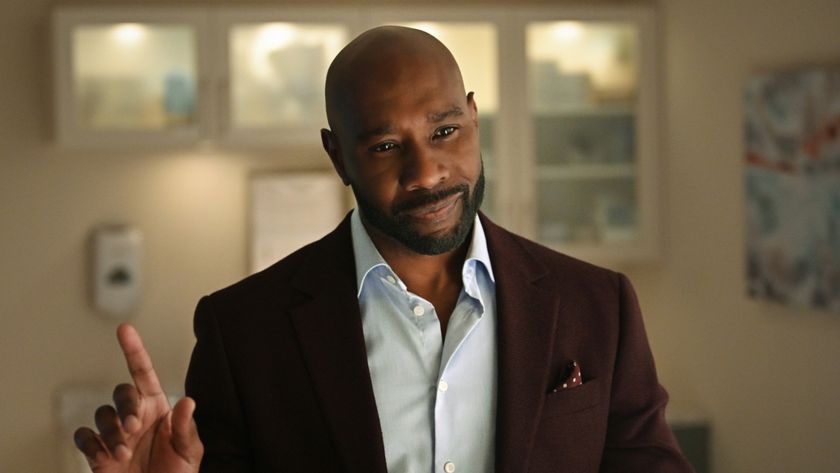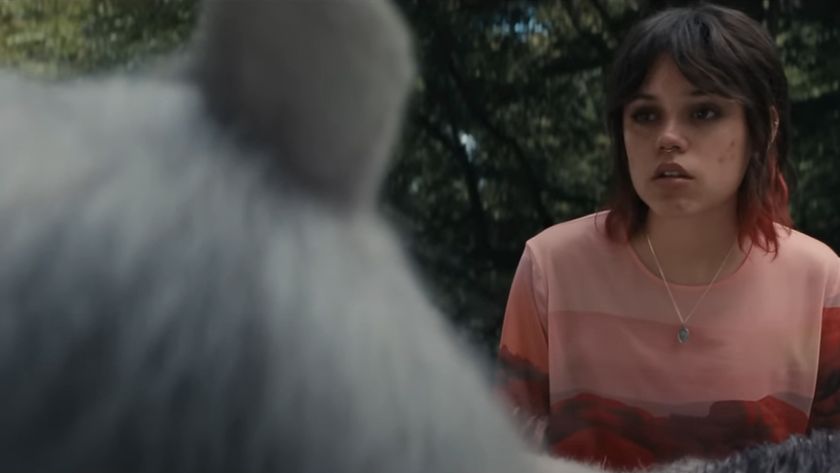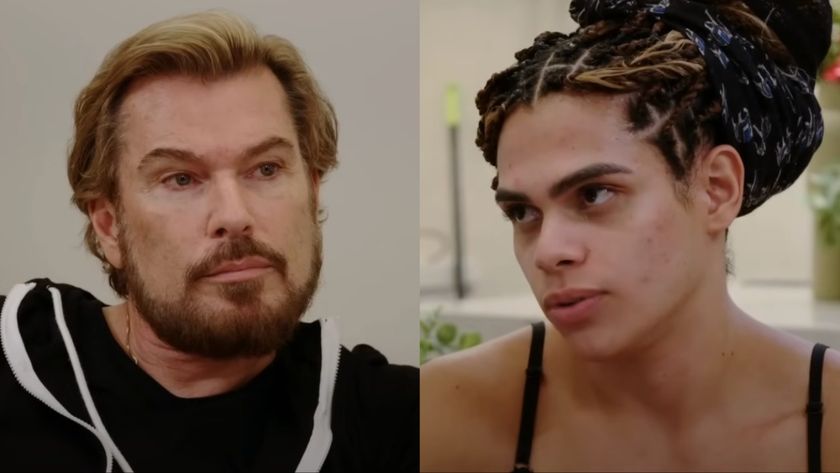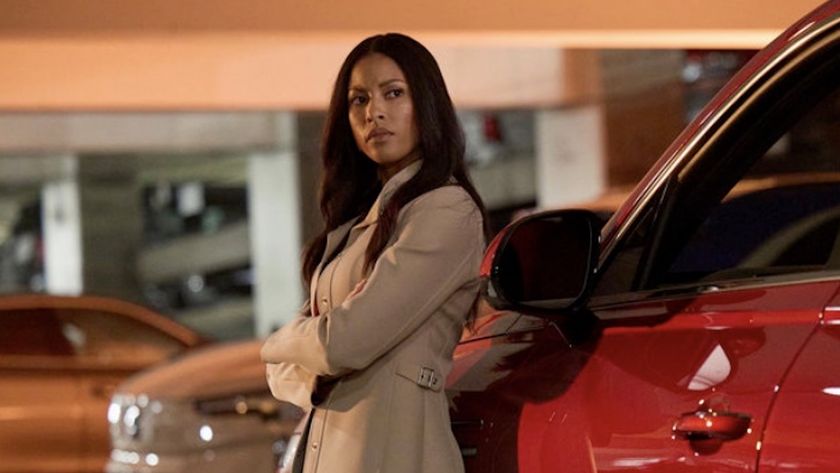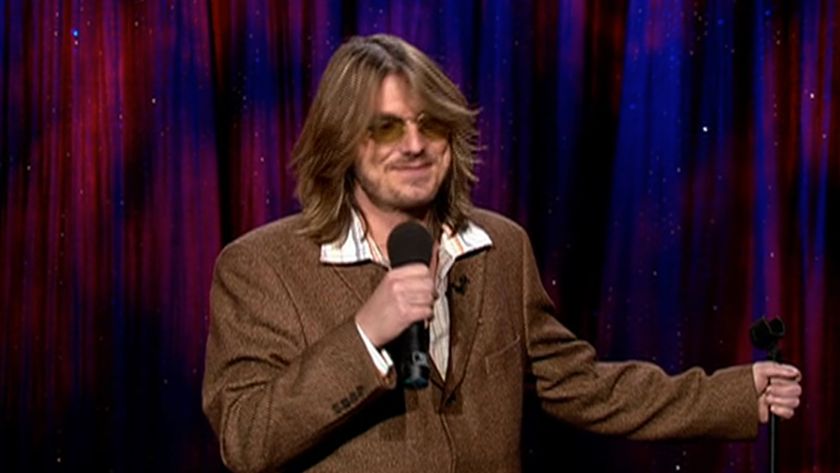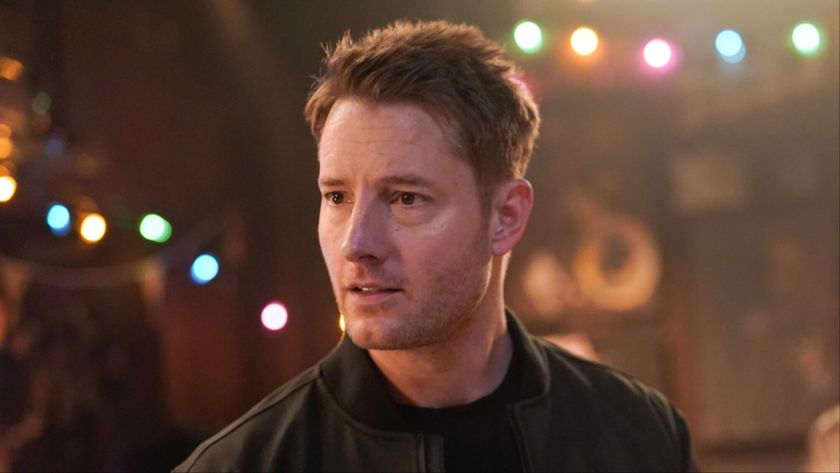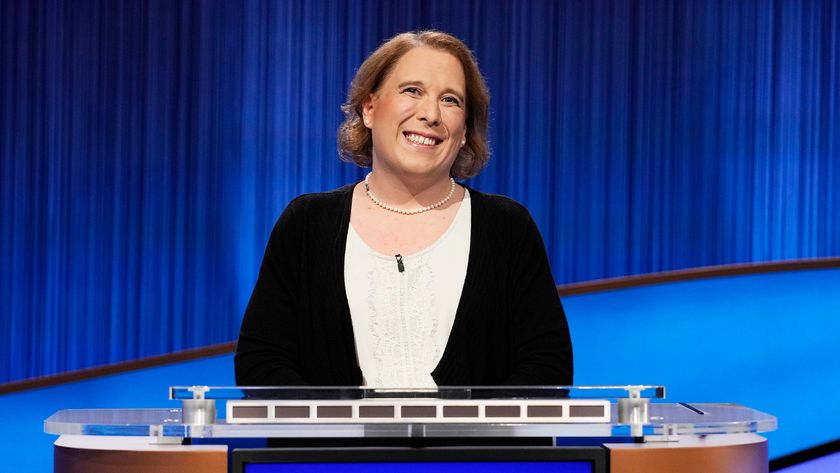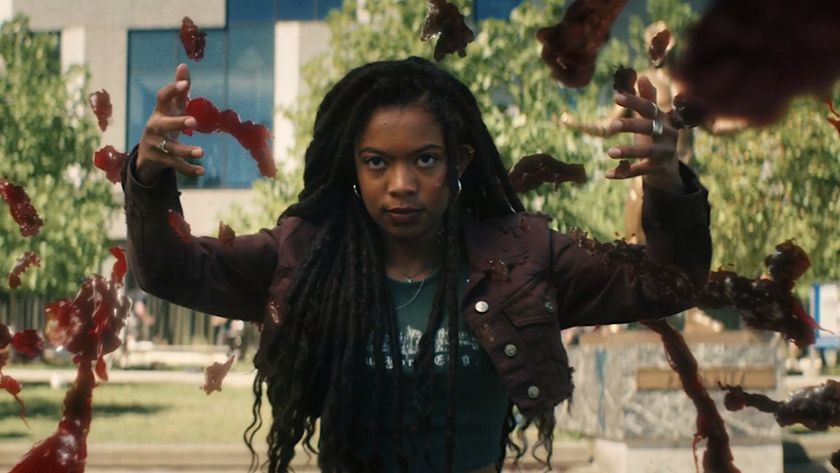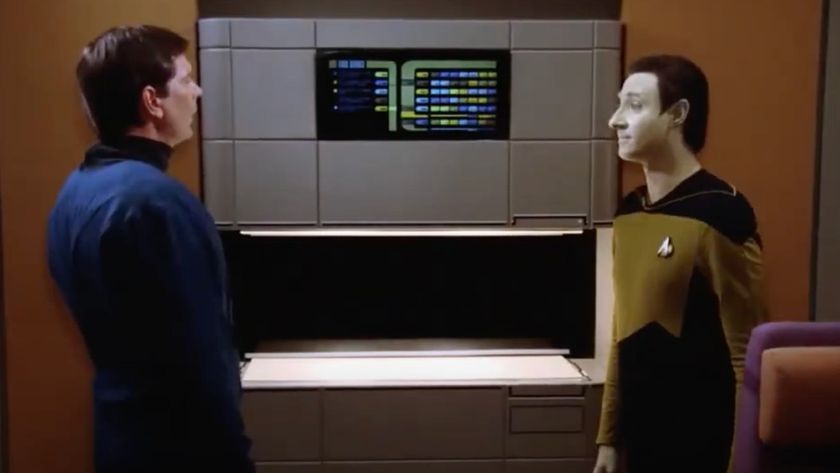10 Big Differences Between The Hunger Games Movie And Book

The Hunger Games trilogy by Suzanne Collins is very much a story told from the perspective of one woman focused on the prize, but who is also filled with a lot of pent up anger and trust issues. Getting out of her head was the only way to tell the Hunger Games’ story on the big screen, but getting out of her head meant a lot of useful information could potentially have been lost in translation.
Luckily, director Gary Ross manages to seamlessly mix Collins’ storyline with flashbacks from Katniss, a reality TV side plot, and moments from The Capitol. For those of us who have read the first book in the series, all of the knowledge we had before the film was Katniss’ knowledge. However, the panoramic viewpoint of Ross’ film compiles all of the information learned from Katniss in the books and refurbishes that information for a treat of a movie, pretty to look at and offering something new around every corner, while still adhering to the basic algorithm that caused so many of us to love Collins’ characters in the first place. It’s a winning formula, but it is one that does not come without a few consequences.
Most of the differences between The Hunger Games book and movie work out in the film’s favor, but some moments might cause us to wish a few different decisions had been made. Following are the ten biggest changes I noticed in my screening of The Hunger Games. Feel free to remark on any changes you feel may have been more noticeable.
There are many spoilers in The Hunger Games book to movie comparison. Do not delve in if you have not seen the film.

We begin the film with an overview of the games and an interview highlighting Seneca Crane’s work on the 74th annual Hunger Games. This not only helps us to perceive for the first time a world moving outside of Katniss’ own thoughts, but also helps introduce us to The Capitol and its key players early on.
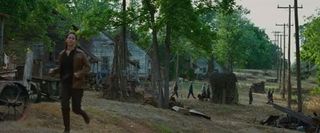
District 12 has the right look and feel. However, we do not get to spend as much time with the people living there. The Hob is barely shown, Peeta’s father and Gale’s family, Madge, and many others are absent. Though District 12 may entrap Katniss in some ways, it is also a place to protect. Without these integral relationships, it is more difficult to see Katniss’ ties.
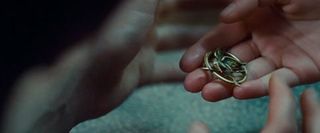
Katniss is not given the mockingjay pin by Madge as a token of her tribute. Instead, she purchases it at the Hob and tries to give it away to Prim before she leaves. Prim, however, presses it back on her sister, stating the icon will protect her. It’s a touching moment, and one that helps define the relationship between the two sisters in a more poignant and substantial way.
CINEMABLEND NEWSLETTER
Your Daily Blend of Entertainment News

When Peeta loses time to shine onscreen, it becomes harder to root for his survival. Sure, Peeta was always willing to sod off and die for Katniss and sure, he is artsy and endearingly emotional, but that does not mean he lacks in the strategy department. The book does a better job at balancing Peeta’s softer side with his intellectual and strategic prowess.

Once in the arena, Katniss’ hardships are condensed. Her time spent wandering in the woods, acclimating, and battling dehydration are completely cut out. While many of the moments in the arena play out to a tee, losing Katniss’ early fight for her life makes it more difficult to understand the breadth and scope of the games.
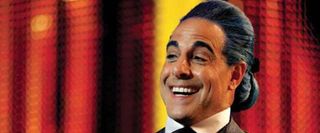
Shots from the arena are intermixed with commentary from Claudius Templesmith and Caesar Flickerman. Prior to seeing the film, I wondered how audiences would be privy to understanding tracker jackers and other information we get from Katniss’ head. A reality TV show full of color and flair juxtaposes nicely against the dark, somber backdrop of the arena. It is also a reminder of the lengths people are willing to go to watch people falter. The Hunger Games are nothing like our reality television, but maybe the games are not as off as we might think.

Seneca and Snow have their own moments onscreen. This gives us more time to dwell on Seneca’s awesome facial hair, but more importantly to get a taste of what President Snow is genuinely capable of early on. There’s one thing for certain: with Snow at the helm, there is no way life in the districts will ever be a bed of roses.

Instead of District 11 giving bread in thanks for Rue, they give her a rebellion. While we will learn later rebellions begin in the districts due to Katniss’ performance in the games, this early shot capably sets the cast up for the chain of events leading to the later books in the trilogy.

Gale is barely onscreen in this first film. Sure, it could be argued his role, especially in the first book, is less central to the plot, but without as much early setup it is difficult to discern just how intertwined Gale and Katniss’ lives are. When he does show up later on, we are able to really see his pain over Peeta and Katniss’ slow kisses. A little more Gale and we would have a true love triangle.

District 2 career tribute Cato actually gets a shot at humanity before he falls at the Cornucopia. This is a tough moment for the audience. When Cato realizes all he has lived for is worthless, it is more difficult to root for Katniss contributing to his ultimate demise. It may be a pity arrow that ultimately kills Cato, but Katniss has to shoot a well-placed arrow, first.
Overall, by keeping us out of Katniss’ head and by giving us multiple outlets to really immerse audiences and help them to understand the world of Panem, I found the movie to be much more enjoyable than the book. What did you think? Sound off in the comments, below.
This poll is no longer available.
